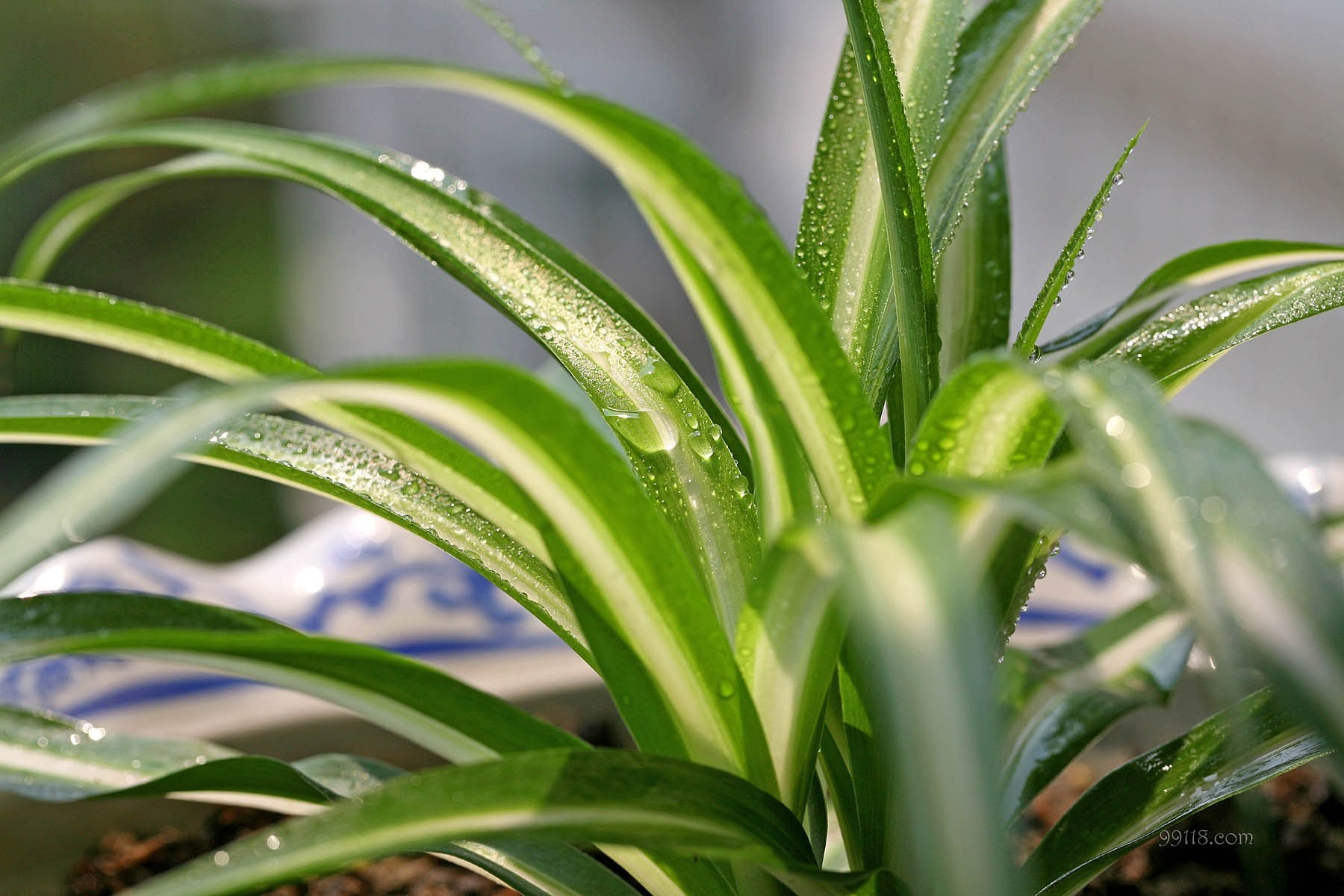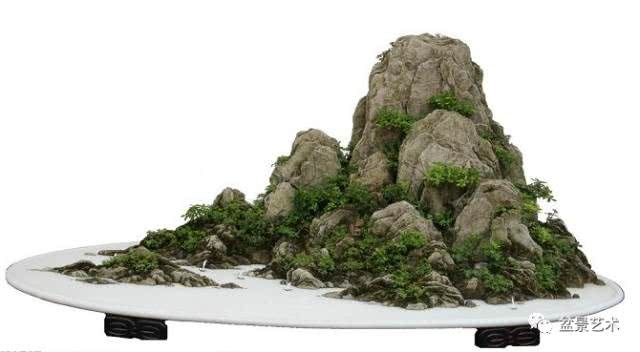The turning of bonsai to change the soil

Bonsai trees grow in the basin for many years, the fibrous roots are covered with the bottom of the basin, watering is difficult to permeate and drain, and the fertilizer is not easy to absorb, which will affect the normal growth of the trees. Turn the basin can use the original basin or change a slightly larger basin, according to the size of the tree to decide. Changing soil can improve the ventilation and permeability of soil, increase soil nutrients, benefit the robust growth of bonsai trees and improve their ornamental effect.
The soil of tree stump changing basin is mainly humus soil, paddy soil, mountain mud and so on. When changing soil, some nutrients can be properly added to the soil to make it fermented and volatilized into late-acting nutrients in the soil, which can slowly benefit the tree stump. As for the grasp of the pH of the soil, it depends on the specific conditions of the tree species. When changing the basin, generally fix the sieve or tile at the bottom hole, first add the soil with larger particles to facilitate drainage, then put it into the stump, fill it into the culture with finer particles, insert it tightly with bamboo and stick, and determine the amount of water according to the situation of the tree species.
The turning of bonsai trees can be decided on the basis of the following aspects:
Generally speaking, the small bonsai turns the basin every 1-2 years, the medium bonsai turns the basin every 2-3 years, and the large bonsai turns the basin every 5 years. If it is an old tree pile scene, it can be turned over every few years.
Tree species that grow vigorously and like fertilizer have more pots turning times and shorter interval years, while slow-growing trees that need less fertilizer can turn pots less times and interval years longer. The old pile scene of pine and cypress should not be turned over more.
Trees with luxuriant branches and leaves and well-developed roots should turn the pot frequently. Turning the basin can be determined by the growth of the roots. when the soil is not dry or wet, turn the basin upside down and beat the bottom of the basin with hands, so that all the trees with soil roots are poured out to check the soil block consolidation and root distribution. if the soil block is hardened and the root system is densely covered with the bottom of the soil block, it means that the basin must be turned over.
The best time to turn the basin is to choose the dormant period of trees, mostly in early spring or late autumn. If you retain more of the original soil, you can turn the basin at any time, not limited by the season. If you need to replace most or all of the land, you should strictly choose the appropriate period of turning the basin.
- Prev

The yellow leaves of Cymbidium are not easy to raise and learn a few tricks to make the orchid green.
Hanging orchid is a very common flower in life, when it grows well, the leaves hang down, especially beautiful, people like it very much. However, some situations often occur when raising hanging orchids, and the yellowing leaves often appear.
- Next

How to cultivate moss for landscape bonsai
The moss is the clothing of mountains and rocks, some of which live, but without which they wither. Therefore, the general landscape bonsai should be transplanted with moss to add the natural taste of bonsai. The principle of raising moss in mountains and rocks is "there is a deep gully in the mountain, but there is no stone in the sun." That is, in the shade of the mountain.
Related
- Wuhan Hospital Iron Tree Blooming Result Was Instantly Frightened by the Gardener Master
- Which variety of camellia is the most fragrant and best? Which one do you like best?
- What is the small blue coat, the breeding methods and matters needing attention of the succulent plant
- Dormancy time and maintenance management of succulent plants during dormancy
- Minas succulent how to raise, Minas succulent plant pictures
- What are the varieties of winter succulent plants
- How to raise succulent plants in twelve rolls? let's take a look at some experience of breeding twelve rolls.
- Attention should be paid to water control for succulent plants during dormant period (winter and summer)
- Watering experience of twelve rolls of succulent plants
- Techniques for fertilizing succulent plants. An article will let you know how to fertilize succulent plants.

